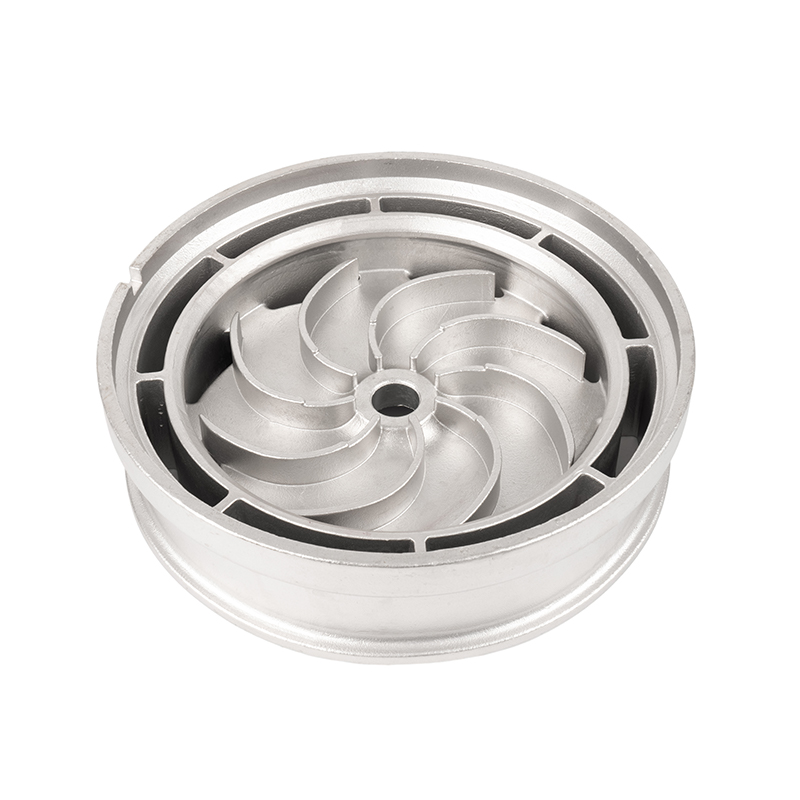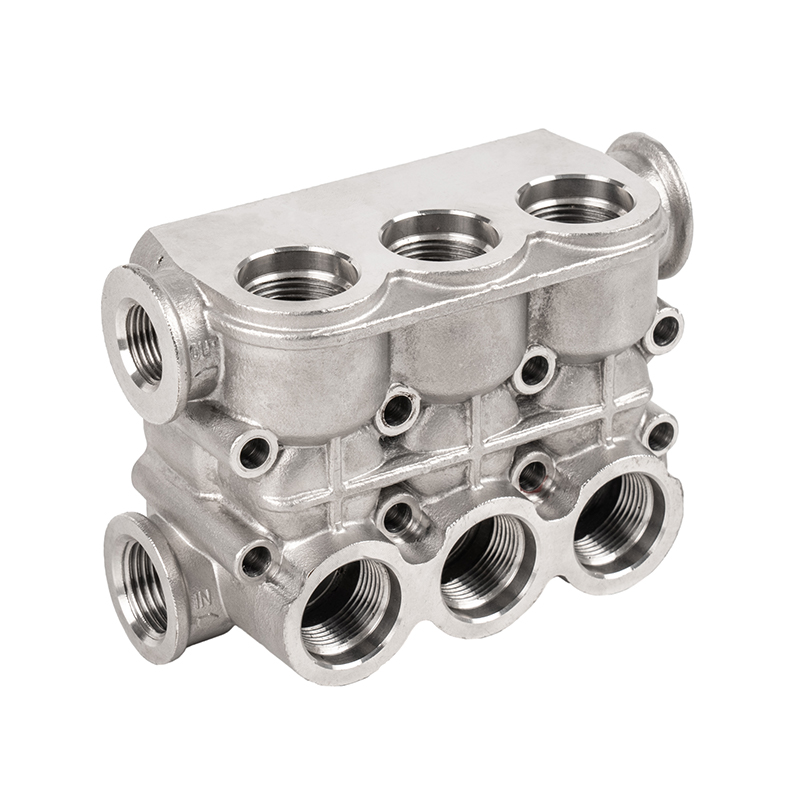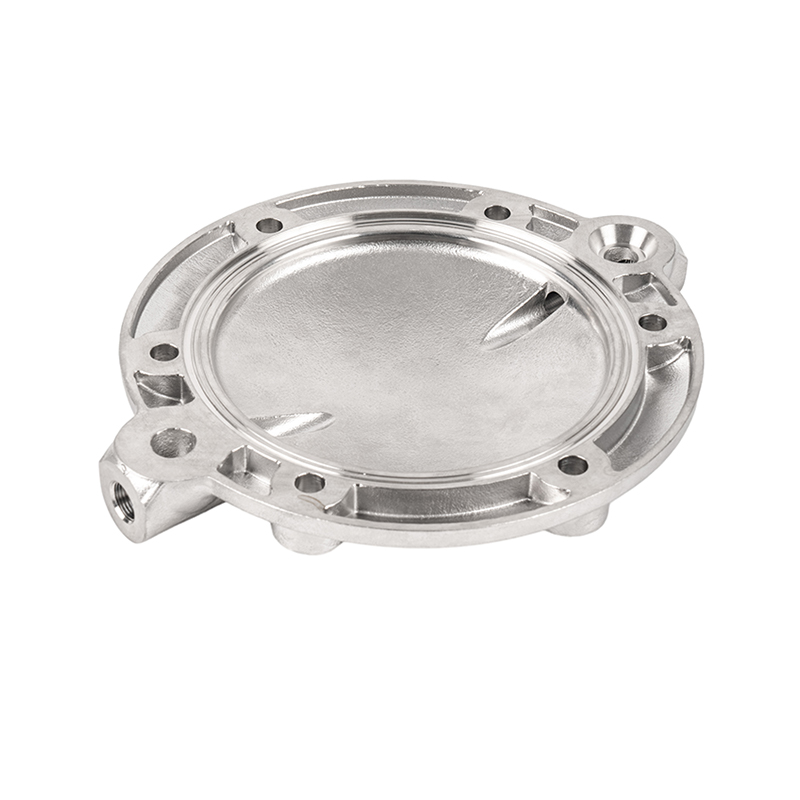What is the role of mechanical polishing on the surface of stainless steel pipe casting
Stainless steel pipe castings are widely used in many industries such as chemical industry, food processing, and medical equipment due to their excellent corrosion resistance and excellent mechanical properties. However, during the casting process, defects such as casting marks, sand marks, and oxide layers may appear on the surface of the castings, which may have a negative impact on the performance and appearance of the castings. Therefore, mechanical polishing, as a key surface treatment process, can effectively improve the surface quality and performance of stainless steel pipe castings.
First, the main function of mechanical polishing is to significantly improve the surface finish of stainless steel pipe castings. By applying abrasives and professional polishing equipment, the polishing process can effectively remove the rough parts of the casting surface and make its surface smooth. This smooth surface is not only more visually attractive, but also improves the overall quality of the casting. In application areas such as medical devices and food processing equipment, surface finish is a critical quality indicator because it is directly related to the hygiene and safety of the product.
Secondly, mechanical polishing helps to enhance the corrosion resistance of stainless steel. The corrosion resistance of stainless steel mainly depends on the passivation film formed on its surface. Mechanical polishing can promote the formation and stability of the passivation film by removing oxides and contaminants on the surface. The surface of polished stainless steel pipe castings can more effectively resist the invasion of corrosive media, thereby improving its corrosion resistance. This is particularly critical for stainless steel pipe castings used in corrosive environments, such as chemical equipment and marine engineering.
In addition, in coating or bonding processes, the adhesion of the casting surface is crucial. Mechanical polishing significantly improves the adhesion between the coating or bonding material and the casting by removing surface defects and oxide layers and increasing the surface roughness. This good adhesion not only extends the service life of the coating or bonding material, but also enhances the durability and stability of the overall structure.
Reduction in friction and wear is also an important advantage of mechanical polishing. By significantly reducing the coefficient of friction on the casting surface, the smooth surface can reduce friction and wear, which is particularly important for mechanical parts that need to move frequently or contact each other. Reducing friction not only extends the service life of the equipment, but also improves work efficiency. In many industrial applications, reducing friction and wear is an effective means to improve production efficiency and reduce maintenance costs.
In addition to functionality, mechanical polishing also visually enhances the aesthetics of stainless steel pipe castings. Shiny surfaces can effectively reflect light, presenting a high-end, modern appearance, which is particularly important in architecture, decoration and high-end equipment, where appearance is often a key factor in customer selection. Mechanical polishing not only makes the appearance of stainless steel pipe castings more attractive, but also enhances the competitiveness of products in the market.
Finally, smooth surfaces are not only beautiful, but also easier to clean. By reducing surface depressions and gaps, mechanical polishing can effectively prevent the accumulation of dirt and microorganisms, making cleaning and maintenance easier. In the food and medical industries, cleanability is an extremely important indicator, and mechanical polishing can ensure the sanitation and safety of equipment and meet relevant hygiene standards.


 English
English Español
Español русский
русский 中文简体
中文简体

















